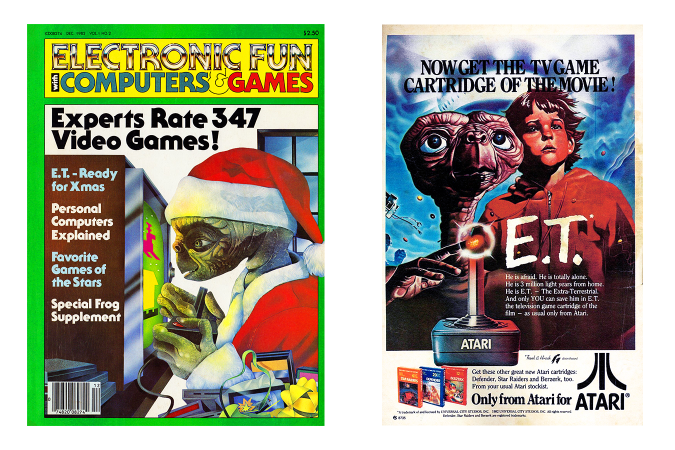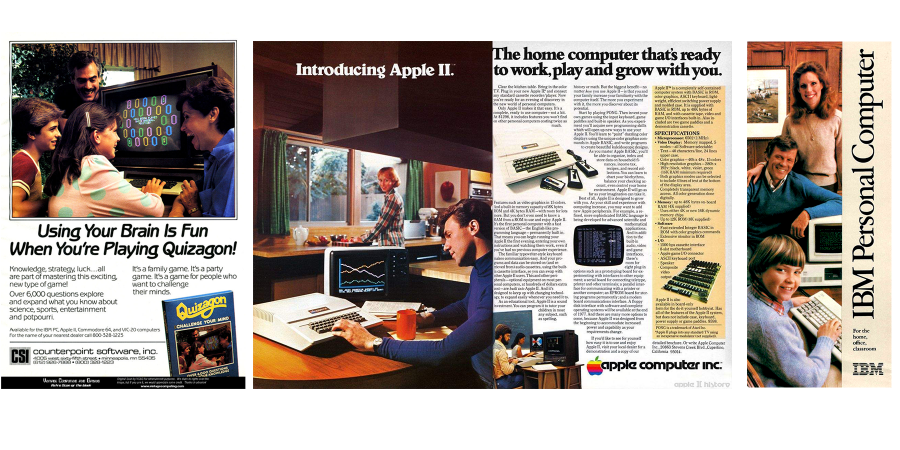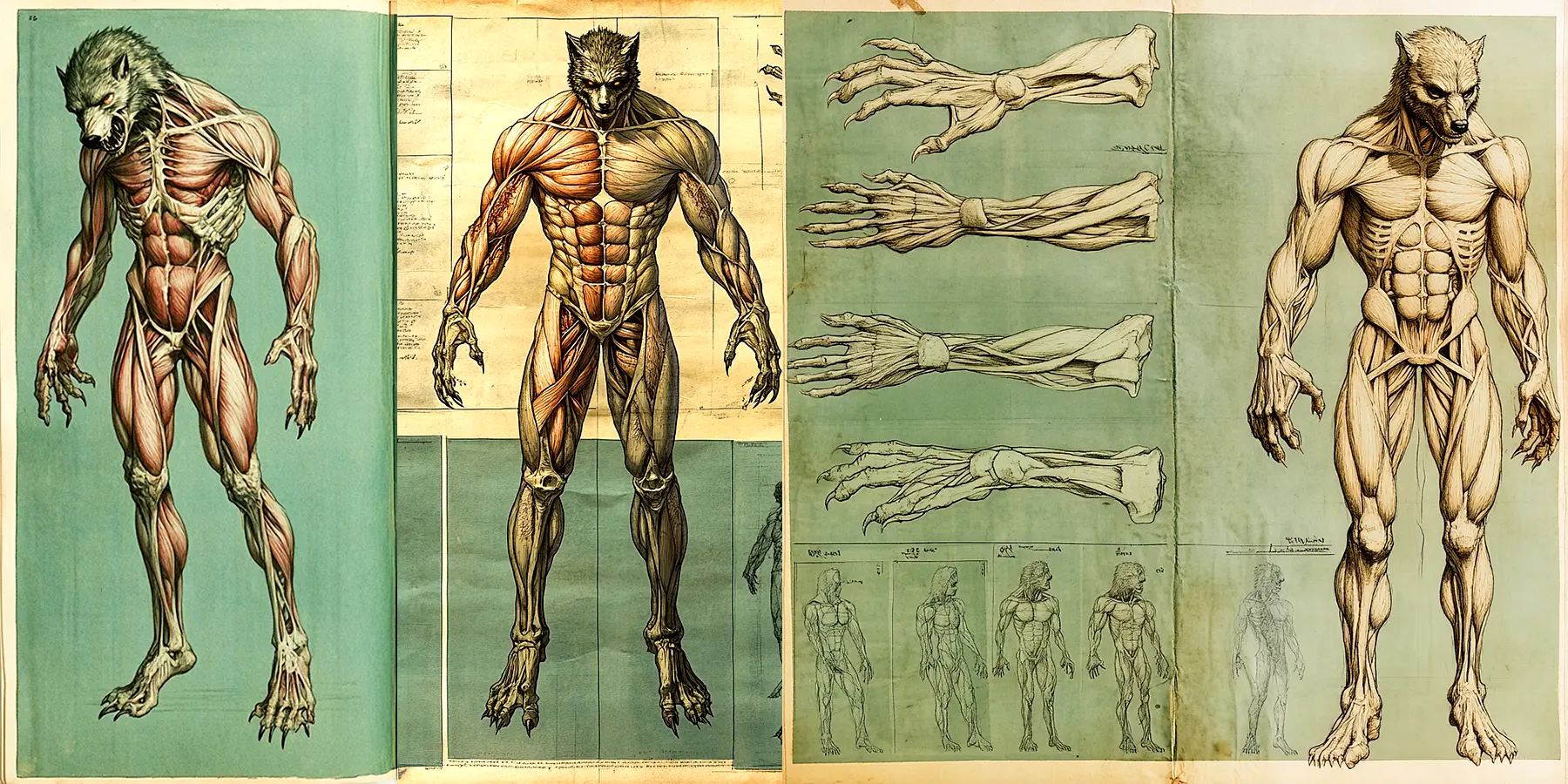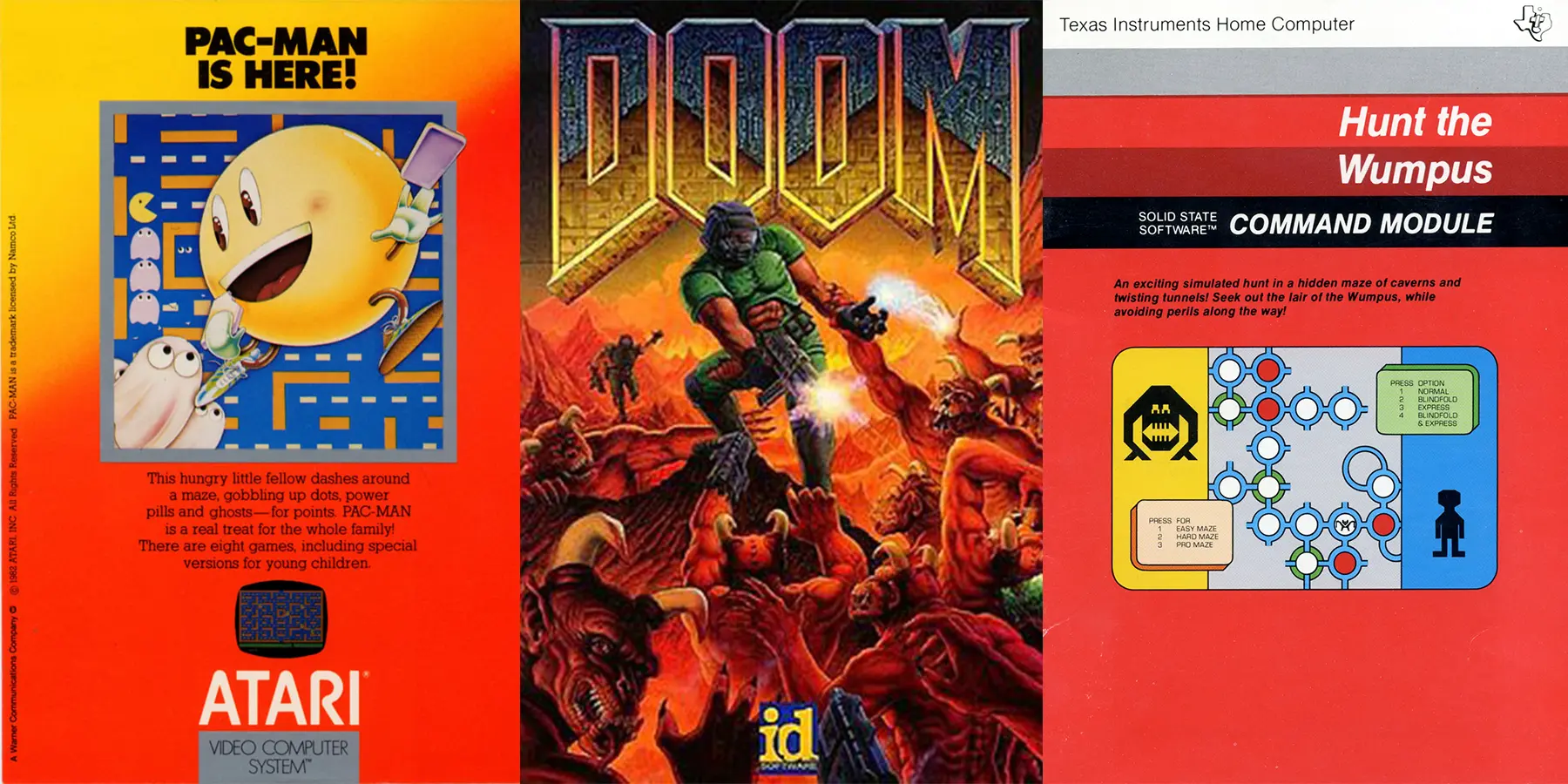The video game crash of the early 1980s, often referred to as the “Atari Shock” in Japan, was one of the most significant economic downturns in entertainment history. It decimated the burgeoning video game industry, left thousands unemployed, and nearly killed home consoles before the Nintendo Entertainment System (NES) breathed new life into the market. But what truly caused the crash? Was E.T. the Extraterrestrial to blame, or was the industry a victim of its own hubris?
The Perfect Storm: What Led to the Crash?
The crash wasn’t caused by a single factor but by a combination of industry missteps and market saturation. Here are the main culprits:
Oversaturation of the Market
By the early 1980s, the video game market was flooded with consoles, games, and peripherals. In 1983 alone, there were multiple competing platforms like the Atari 2600, ColecoVision, Intellivision, and the short-lived Vectrex. Each console had its own library of games, leading to confusion and frustration among consumers.

Declining Quality of Games
The industry’s rapid expansion led to a gold rush mentality. Publishers, desperate to cash in, began producing games at breakneck speed, sacrificing quality for quantity. Infamously bad games like Pac-Man for the Atari 2600 and E.T. the Extraterrestrial tarnished the industry’s reputation. Was E.T. the Catalyst?
- Released in December 1982, E.T. was rushed through development in just five weeks to meet the Christmas deadline. The game was nearly unplayable and received scathing reviews. While it didn’t single-handedly cause the crash, it became a symbol of the industry’s arrogance and lack of oversight.
- Over 2.5 million unsold cartridges were returned, and many were buried in a New Mexico landfill—an urban legend confirmed in 2014.
Corporate Fiscal Mismanagement
Atari, the industry leader, was at the center of the crash. After being acquired by Warner Communications, the company prioritized profits over innovation. Atari spent millions on licensing deals (e.g., for E.T. and Pac-Man) while neglecting quality control. These decisions culminated in massive financial losses.
Lack of Regulation
Unlike modern gaming platforms that carefully curate their digital storefronts, the early 1980s were a free-for-all. Third-party developers flooded the market with poorly made, often nonsensical games. Consumers lost trust in the industry, leading to a sharp decline in sales.

The Fallout: How Bad Was It?
The Duration: The crash began in late 1983 and lasted until 1985, though its effects were felt even beyond that. During this time, revenues from video games in the U.S. plummeted by 97%, from $3.2 billion in 1983 to just $100 million in 1985.
Job Losses:
- Tens of thousands of people lost their jobs, including game developers, marketers, and corporate staff.
- Artists responsible for the iconic box art of the era were among the hardest hit. Many were freelance contractors and found themselves without work as companies shut down or drastically cut budgets.
Human Cost: The crash was catastrophic for industry professionals and the emotional and financial toll was enormous. Many professionals had staked their livelihoods on what seemed to be a booming industry, only to see it collapse almost overnight.
Companies Most Affected
- Atari: The poster child for the crash, Atari’s losses exceeded $536 million in 1983. The company was eventually split up and sold off.
- Coleco: Known for the ColecoVision, the company shifted away from video games and eventually filed for bankruptcy in 1988.
- Mattel: The makers of Intellivision saw significant losses and exited the video game market entirely.
- Activision: While not bankrupted, Activision struggled and shifted its focus to PC games to survive.
Impact on Different Markets
Arcade Games
The arcade sector also suffered, though not as severely as home consoles. Arcades had been experiencing a boom since the late 1970s, but the home console crash coincided with a natural decline in the popularity of arcade games.
Home Computer Market
The crash had an unexpected silver lining for the home computer market. Systems like the Commodore 64, Apple II, and IBM PC capitalized on the void left by consoles. Home computers were marketed as educational tools, which helped them avoid the stigma of being “just for games.”

The Resurrection: Enter the NES
By 1985, the video game industry was on life support. Then came Nintendo.
- The NES Launch: Nintendo rebranded video games as “entertainment systems” to avoid the tarnished reputation of consoles. The NES launched with the R.O.B. (Robotic Operating Buddy) peripheral to reinforce this image.
- Quality Control: Nintendo introduced the “Seal of Quality”, ensuring only approved games made it to market. This restored consumer trust.
- Super Mario Bros.: The NES’s killer app proved that video games could be fun, innovative, and high-quality.
Thanks to Nintendo, the industry rebounded. By 1988, video games were once again a multibillion-dollar industry.

Conclusion: A Perfect Storm of Problems
The video game crash of the 1980s was not caused by a single game, company, or event. It was the result of unchecked greed, poor quality control, and market saturation. While E.T. is often remembered as the scapegoat, the crash was years in the making.
Nintendo’s intervention saved the industry, but the lessons of the crash remain relevant today: Quality and innovation must always come before profit.




